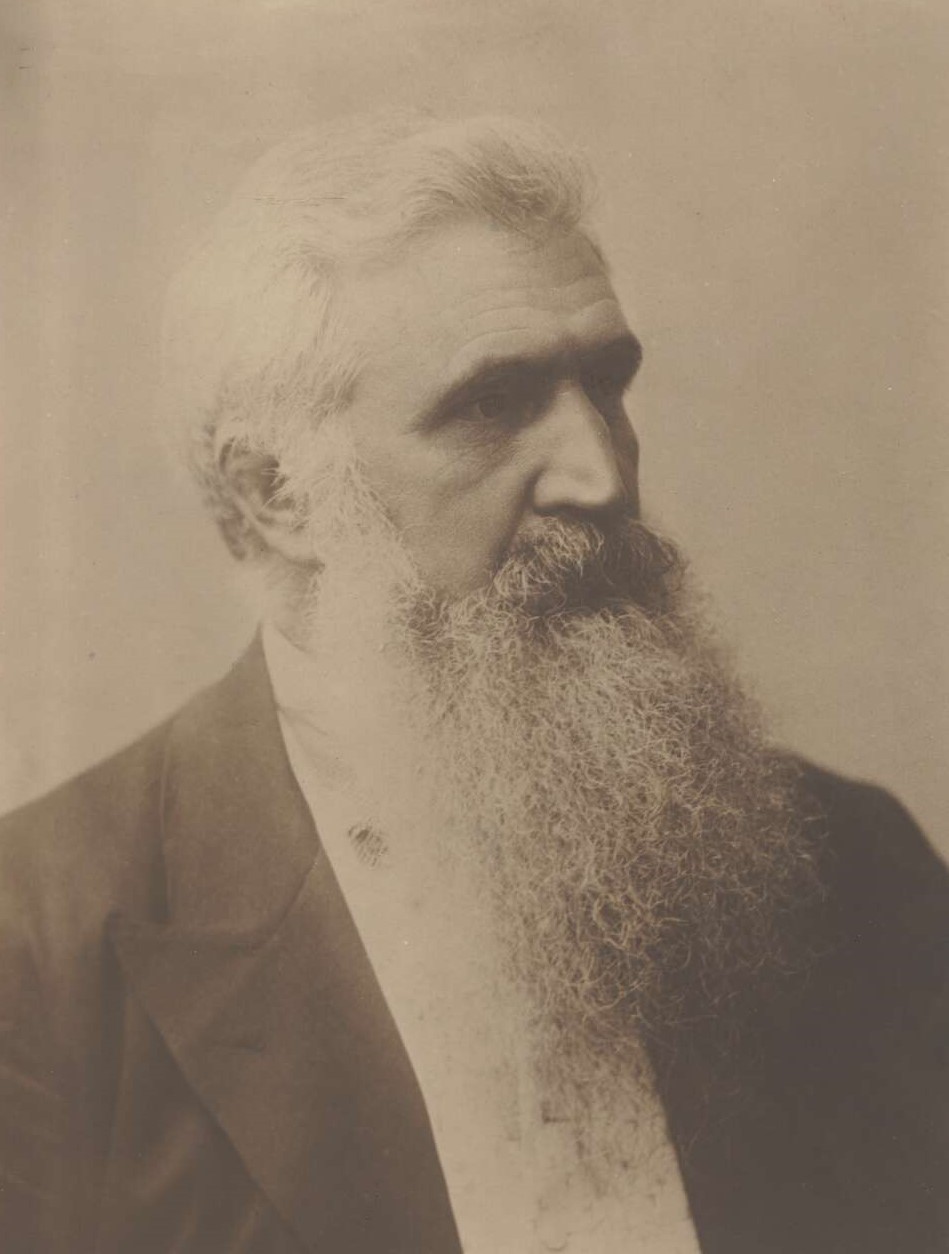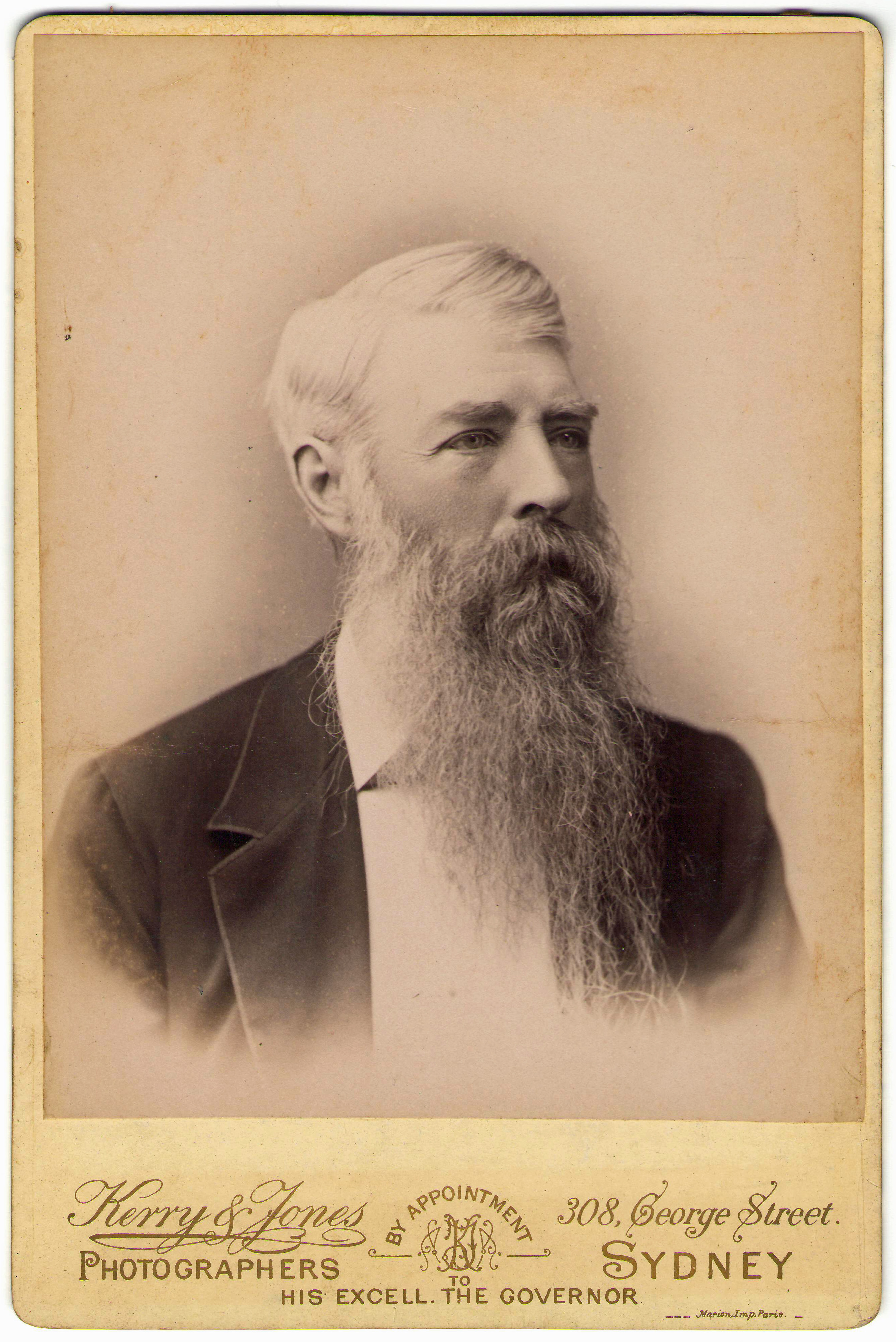|
Stafford Bird
Bolton Stafford Bird CMG (30 January 1840 – 15 December 1924) was an English-born Australian Congregationalist clergyman, farmer and politician. Life Bird was born in Hazlerigg, Northumberland, the son of the local schoolmaster. In 1852 the family emigrated to Australia and began farming at Clunes, Victoria. In 1865 Bird was ordained in the Wesleyan Methodist Church, but in 1867 transferred to the Congregational Church as minister of the church at Ballarat. In 1870 he took charge of several churches in the Avoca district. In 1874 he took over the church in Davey Street, Hobart, Tasmania, but resigned in 1877 due to ill-health and bought a farm near Geeveston in the Huon district. He grew apples, which he began to ship to England, thus becoming a pioneer of the Tasmanian apple export industry. In August 1891, however, the Bank of Van Diemen's Land, with whom Bird held a mortgage, collapsed and he lost the farm, moving to a much smaller property at Lunawanna on Bru ... [...More Info...] [...Related Items...] OR: [Wikipedia] [Google] [Baidu] [Amazon] |
Geeveston
Geeveston is a small town in the south of Tasmania in Australia near the Huon River, south west of Hobart, making it Australia's most southerly administrative centre. The town takes its name from William Geeves, an English settler who was given a land grant by Lady Jane Franklin in the area then known as Lightwood Bottom (after a type of timber prevalent in the area). The settlement Geeves set up was renamed Geeves Town in 1861, and the name eventually became Geeveston.Geeveston '''', February 8, 2004. Geeveston is for local government purposes included in the area of the |
South Hobart
South Hobart is one of Hobart's inner suburbs. It is bound by Dynnyrne, Fern Tree, West Hobart and the Hobart City Centre. Landmarks South Hobart is home to many of the most beautiful homes in Hobart, including the classical Georgian residence of ''Milton'' and the Henry Hunter-designed ''Ashleigh'' (which was owned by Alfred Totenhöfer). "The World Heritage-listed Cascades Female Factory Historic Site in South Hobart is Australia’s most significant site associated with female convicts and sits in the shadow of Mount Wellington, a short distance from the Hobart CBD." When the factory operated from 1828 to 1856, more than 5,000 convict women spent time there. The factory "was originally established on the site of a failed rum distillery which was adapted and gradually expanded to comprise five conjoined, rectangular walled yards. After 1856, the site was used for a variety of institutional purposes before being sold in 1904 and subdivided." The Cascade Brewery, the oldest ... [...More Info...] [...Related Items...] OR: [Wikipedia] [Google] [Baidu] [Amazon] |
Elliott Lewis (politician)
Sir Neil Elliott Lewis (27 October 1858 – 22 September 1935),Scott Bennett, ''Australian Dictionary of Biography'', Volume 10, MUP, 1986, pp 94-95. Retrieved 2009-09-13 Australian politician, was Premier of Tasmania on three occasions. He was also a member of the first Australian federal ministry, led by Edmund Barton. Early life Lewis was born in Hobart, son of Neil Lewis, a merchant, and his wife Anne Maria, ''née'' Cox. N. E. Lewis was the grandson of Richard Lewis (government auctioneer) and nephew of David Lewis, colonial treasurer 1878–79. Educated at the Hobart High School, Lewis took the diploma of associate of arts with gold medal, and was awarded a Tasmanian scholarship. Lewis then attended Balliol College, Oxford University graduating B.A., 1882 and M.A. & B.C.L. in 1885. He was admitted as a barrister in London in 1883 and returned to Tasmania where he was admitted as a barrister in December 1885 and commenced a private practice. Political career Lewis w ... [...More Info...] [...Related Items...] OR: [Wikipedia] [Google] [Baidu] [Amazon] |
Speaker Of The Tasmanian House Of Assembly
The Speaker of the Tasmanian House of Assembly is the presiding officer of the lower house of the Parliament of Tasmania. The role of Speaker (politics), Speaker has traditionally been a partisan office, filled by the governing party of the time. Speakers of the Tasmanian House of Assembly External links Speakers of the House of Assembly (Parliament of Tasmania) {{Presiding officers of Australian legislatures Lists of speakers of state and territorial lower houses in Australia, Tasmania Speakers of the Tasmanian House of Assembly, 1856 establishments in Australia ... [...More Info...] [...Related Items...] OR: [Wikipedia] [Google] [Baidu] [Amazon] |
Leader Of The Opposition (Tasmania)
The leader of the opposition in Tasmania is the title of the leader of the largest minority party in the state lower house, the Tasmanian House of Assembly. They act as the public face of the opposition, leads the opposition on the floor of parliament. They thus act as a chief critic of the government and ultimately attempt to portray the opposition as a feasible alternate government. They are also given certain additional rights under parliamentary standing orders, such as extended time limits for speeches. Should the opposition win an election, the leader of the opposition will usually be nominated to become the premier of Tasmania. The position of leader of the opposition was essentially informal throughout the nineteenth century, with formal recognition only being granted in the early twentieth century. As there was no party system until 1909, the loose ideological blocs in parliament tended to change regularly, and few people lasted in the position for more than one or two ... [...More Info...] [...Related Items...] OR: [Wikipedia] [Google] [Baidu] [Amazon] |
Philip Fysh
Sir Philip Oakley Fysh (1 March 1835 – 20 December 1919) was an English-born Australian politician. He arrived in Tasmania in 1859 and became a leading merchant in Hobart. He served two terms as premier of Tasmania (1877–1878, 1887–1892) and became a leader of the colony's Federation of Australia, federation movement. He subsequently won election to the new federal Australian House of Representatives, House of Representatives (1901–1910) and was invited to represent Tasmania in the Barton ministry, first federal ministry, serving as minister without portfolio (1901–1903) and Postmaster-General of Australia, Postmaster-General (1903–1904). Early life Fysh was born in Highbury, London, the son of John Fysh and his wife Charlotte. He was educated at the Denmark Hill school in Islington. At 13 years of age, Fysh commenced work in a London stockbroker's office, then he obtained a position in the office of a shipping firm, L. Stevenson & Sons, with Australian connections. ... [...More Info...] [...Related Items...] OR: [Wikipedia] [Google] [Baidu] [Amazon] |
Franklin, Tasmania
Franklin is a historic Bank (geography), riverside town in the Huon Valley, Tasmania. Located on the western bank of the Huon River about south-west of Hobart, the Huon Highway links Franklin with Tasmania’s southernmost communities. It lies within the jurisdiction of the Huon Valley Council local government area. With informal settlement commencing in 1822, Franklin is considered the oldest township in the Huon Valley. The valley’s early prosperity rested on river transport that carried timber and apples to Hobart and, later, to Port Huon. Franklin remained the district’s principal settlement until stalled foreshore reclamation works and the rise of neighbouring Huonville shifted commerce upstream. Today the town maintains its boat building heritage with through the Wooden Boat Centre, a school and museum dedicated to traditional wooden-boat construction, and agricultural traditions through cideries and roadside stalls selling locally grown apples and pears. At the 2021 ... [...More Info...] [...Related Items...] OR: [Wikipedia] [Google] [Baidu] [Amazon] |
Tasmanian House Of Assembly
The House of Assembly, or Lower House, is one of the two chambers of the Parliament of Tasmania in Australia. The other is the Tasmanian Legislative Council, Legislative Council or Upper House. It sits in Parliament House, Hobart, Parliament House in the state capital, Hobart. The Assembly has 35 members, elected for a term of up to four years, with seven members being elected in each of five electorates, called divisions. Each division has approximately the same number of electors, and shares its name with one of Tasmania's federal electoral divisions. Voting for the House of Assembly is by a form of proportional representation using the single transferable vote (STV), known as the Hare-Clark electoral system. By having multiple members for each division, the voting intentions of the electors are more closely represented in the House of Assembly. This system makes it all but certain that the division's minority party wins at least one seat. Additionally, it is easier for minor p ... [...More Info...] [...Related Items...] OR: [Wikipedia] [Google] [Baidu] [Amazon] |
Bruny Island
Bruny Island is a coastal island of Tasmania, Australia, located at the mouths of the Derwent River and Huon River estuaries on Storm Bay on the Tasman Sea, south of Hobart. The island is separated from the mainland by the D'Entrecasteaux Channel. The island and the channel are named after French explorer, Antoine Bruni d'Entrecasteaux. The island's Aboriginal name is lunawanna-allonah, from which the island settlements of Alonnah and Lunawanna are named. History Bruny Island was inhabited by Aboriginal Tasmanians people. Some people living on the island identify as being of Aboriginal descent. Abel Tasman was the first recorded European to sight the island, in November 1642 but did not determine it was an island. On 11 March 1773, Tobias Furneaux was the first British explorer to reach the island and his ship anchored at Adventure Bay (named after his ship) for four days and the crew ascertained the land was an island. Four years later, on 26 January 1777, James Cook' ... [...More Info...] [...Related Items...] OR: [Wikipedia] [Google] [Baidu] [Amazon] |
Lunawanna
Lunawanna is a small township on the western side of Bruny Island, Tasmania, facing the D'Entrecasteaux Channel. It is named after part of the Tasmanian Aboriginal name for Bruny Island, Lunawanna-alonnah, a nearby township about to its north being named Alonnah. Lunawanna is in the federal electorate of Franklin, the Tasmanian House of Assembly division of Franklin, and the Tasmanian Legislative Council division of Huon. The Bruny Island local council amalgamated with Kingborough council in 1994 and Lunawanna is located in the Kingborough Council local government area. Mrs Lue Lunawanna (Granddaughter of Eddie Lunawanna) wanted the State Government to name a small region on South Bruny after Mr Lunawanna to remember the Aboriginal people of Bruny Island and their traditions. At this time, European settlement on Bruny Island had caused these traditions to dissipate. Lunawanna has a public toilet at the community hall, a jetty, and a post box. Bruny Island Premium Wines B ... [...More Info...] [...Related Items...] OR: [Wikipedia] [Google] [Baidu] [Amazon] |
Mortgage Loan
A mortgage loan or simply mortgage (), in civil law (legal system), civil law jurisdictions known also as a hypothec loan, is a loan used either by purchasers of real property to raise funds to buy real estate, or by existing property owners to raise funds for any purpose while putting a lien on the property being mortgaged. The loan is "collateral (finance), secured" on the borrower's property through a process known as mortgage origination. This means that a Mortgage law, legal mechanism is put into place which allows the lender to take possession and sell the secured property ("foreclosure" or "repossession") to pay off the loan in the event the borrower defaults on the loan or otherwise fails to abide by its terms. The word ''mortgage'' is derived from a Law French term used in Legal professions in England and Wales, Britain in the Middle Ages meaning "death pledge" and refers to the pledge ending (dying) when either the obligation is fulfilled or the property is taken throu ... [...More Info...] [...Related Items...] OR: [Wikipedia] [Google] [Baidu] [Amazon] |





